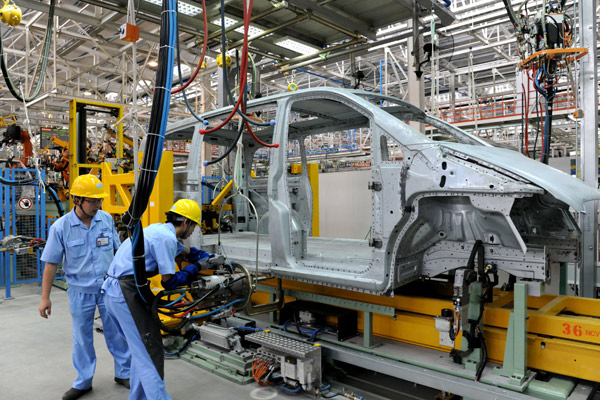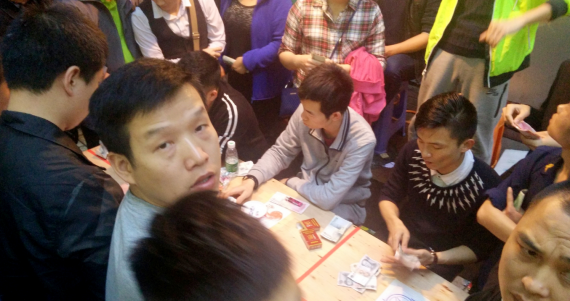China to fine-tune back-door listing policies for US-listed companies — South China Morning Post
–
Mainland China’s securities regulator will fine-tune policies related to back-door listing (reverse merger)attempts by US-listed Chinese companies, industry insiders say, but it is unlikely to ban them or impose other rigid restrictions.
“It is clear that the regulator does not like the recent speculation on the A-share markets triggered by the relisting trend and will do something to curb such conduct, but it seems impossible they would shut good-quality companies out of the domestic market,†Wang Yansong, a senior investment banker based in Shenzhen, said.
The China Securities Regulatory Commission (CSRC) was considering capping valuation multiples for companies seeking relisting on the A-share market after delisting from the US market, Bloomberg reported on Tuesday. Another option being discussed was introducing a quota to limit the number of reverse mergers each year from companies formerly listed on a foreign bourse.
However, Wang said the CSRC was more likely to strengthen verification of back-door listing deals on a case-by-case basis.
“To curb speculation, it is most important to show the authorities have clear and strict standards for approving these deals, and won’t allow poor-quality companies to seek premiums through this process,†she said.
US-listed mainland companies have been flocking to relist on the A-share market since early last year, when the domestic market started a bull run, in order to shed depressed valuations in American markets.
The valuations of relisted companies have boomed, and that has triggered a surge in speculation on possible shell companies – poorly performing firms listed on the Shanghai or Shenzhen bourses. In a process called a reverse takeover or back-door listing, a shell can buy a bigger, privately held company through a share exchange that gives the private company’s shareholders control of the merged entity.
The biggest such deal was done by digital advertising company Focus Media. Its valuation jumped more than eightfold to US$7.2 billion after it delisted from America’s Nasdaq in 2013 and relisted in Shenzhen in December last year, with private equity funds involved in the deal reaping lucrative returns.
Peter Fuhrman, chairman of China First Capital, an investment bank and advisory firm, said the trend of delisting and relisting was “one of the biggest wealth transfers ever from China to the USâ€.
“The money spent by Chinese investors to privatise Chinese companies in New York ended up lining the pockets of rich institutional investors and arbitrageurs in the US,†he said.
However, a tightening or freeze on approval of such deals would threaten not only US-listed Chinese companies in the process of buyouts and shell companies, but also the buyout capital sunk into delistings and relistings.
“The more than US$80 billion of capital spent in the ‘delist-relist’ deals is perhaps the biggest unhedged bet made in recent private equity history … if, as seems true, the route to exit via back-door listing may be bolted shut, this investment strategy could turn into one of the bigger losers of recent times,†he said.
On Friday, CSRC spokesman Zhang Xiaojun sidestepped a question about a rumoured ban on reverse takeover deals by US-listed Chinese companies in the A-share market, saying it had noticed the great price difference in the domestic and the US markets, and the speculation on shell companies, and was studying their influences.
–
For article on a related topic published in “The Deal”, please click here
–
–
Â




























